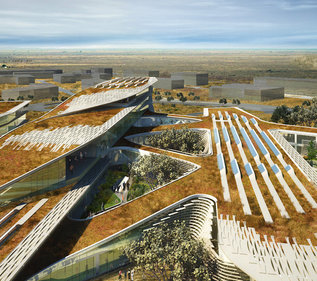There would also be a dining hall with a sitting capacity of 260 students, an administration block, a computer lab, a library, two security rooms and a mechanical room.
The project further comprised of a football pitch, a netball court, a basketball court, parking space, a water tower and a boundary wall. The council was tasked with providing water and electricity for the project.
He said early August this year, he led a delegation to China to discuss and agree on the construction of the said primary school. He said while there, the Chinese government assigned the Sippr Engeneering Group Company Limited to do the survey and design of the primary school. The council chairperson said the project is expected to run for 18 months. The agreement comes with a defects liability period of 24 months, during which the construction company will observe that there are no problems at the site. They will therefore be expected to be out of site by January 2021.
Mr Sibisibi further pointed out that the council decided to take the primary school to Mmopane because population of the village has grown hence the need for another primary school. He gave reference to the 2011 National Census which proved that Mmopane was the fastest growing village both around Gaborone and nationwide. In 2001 there were only 3 512 people in Mmopane while the number jumped to 14 655 in just 10 years. “You can see that there has been a population growth of 15.3 per cent and this is the highest percentage growth in the country. We therefore need new developments to accommodate the numbers,” he said.


